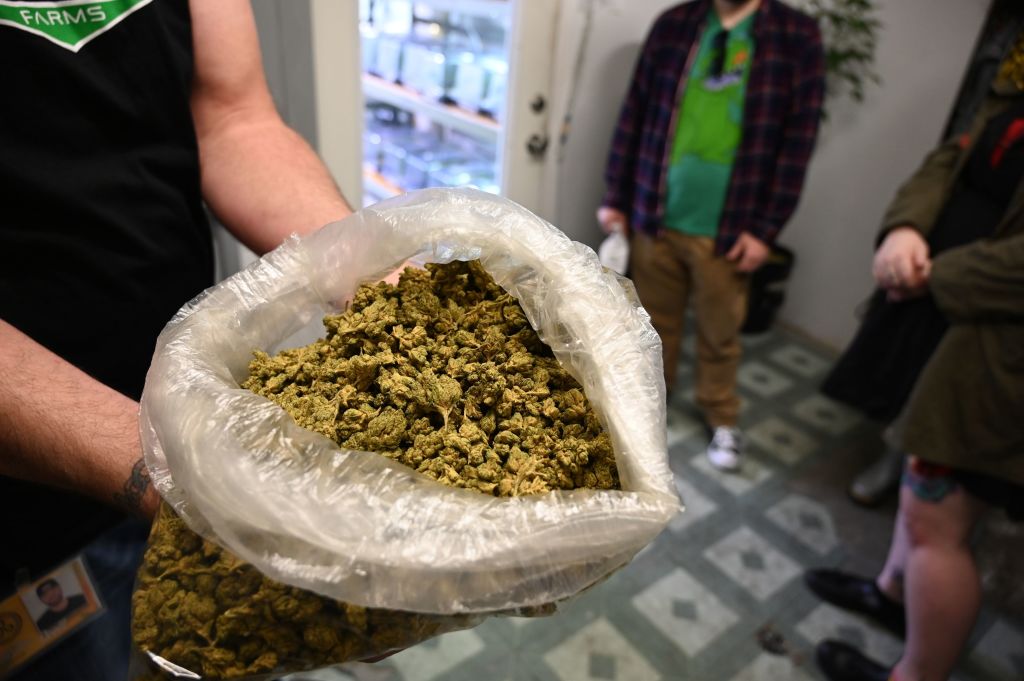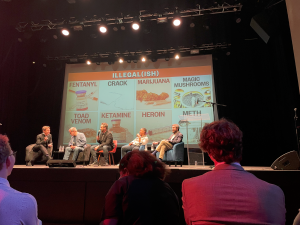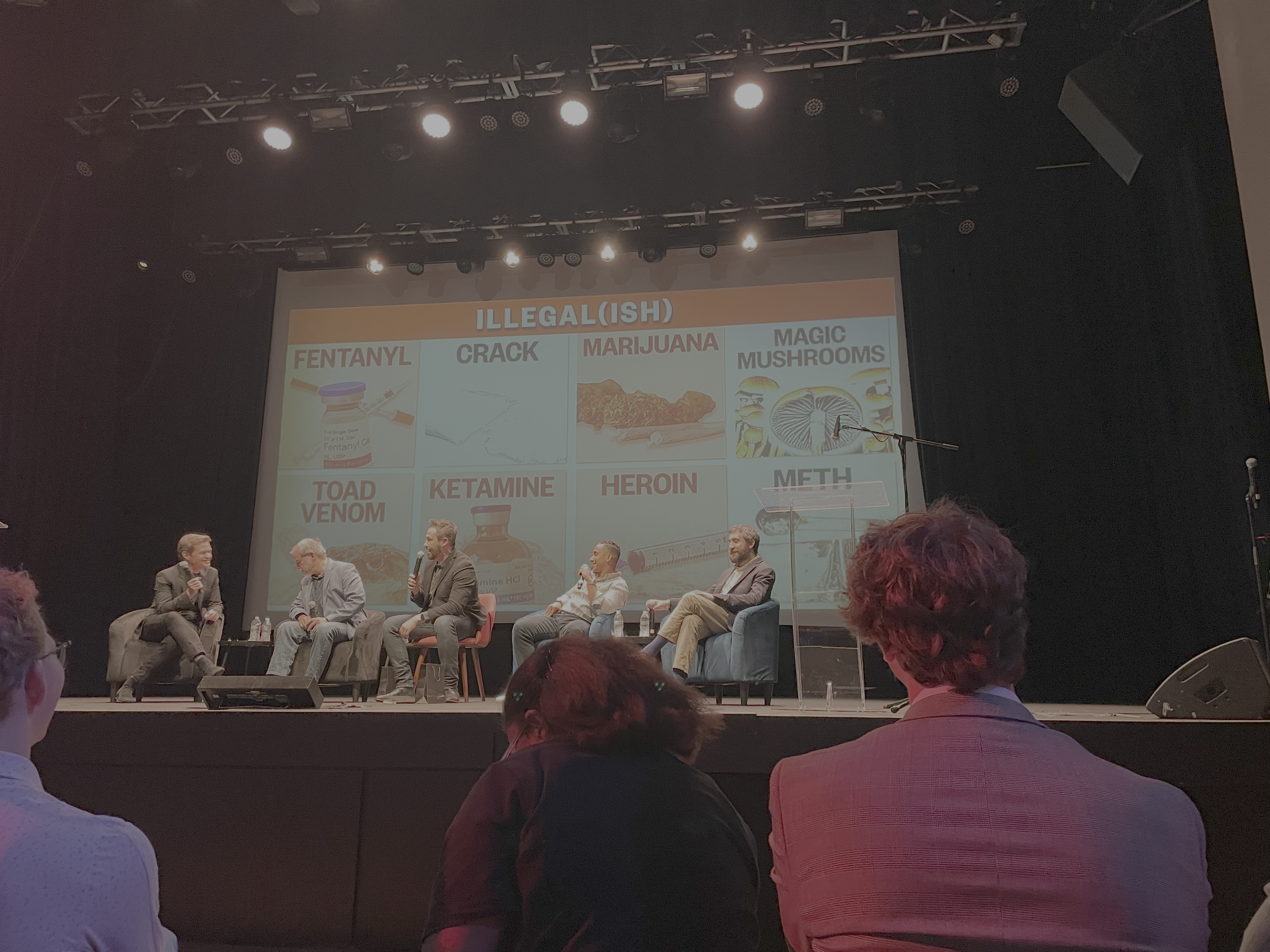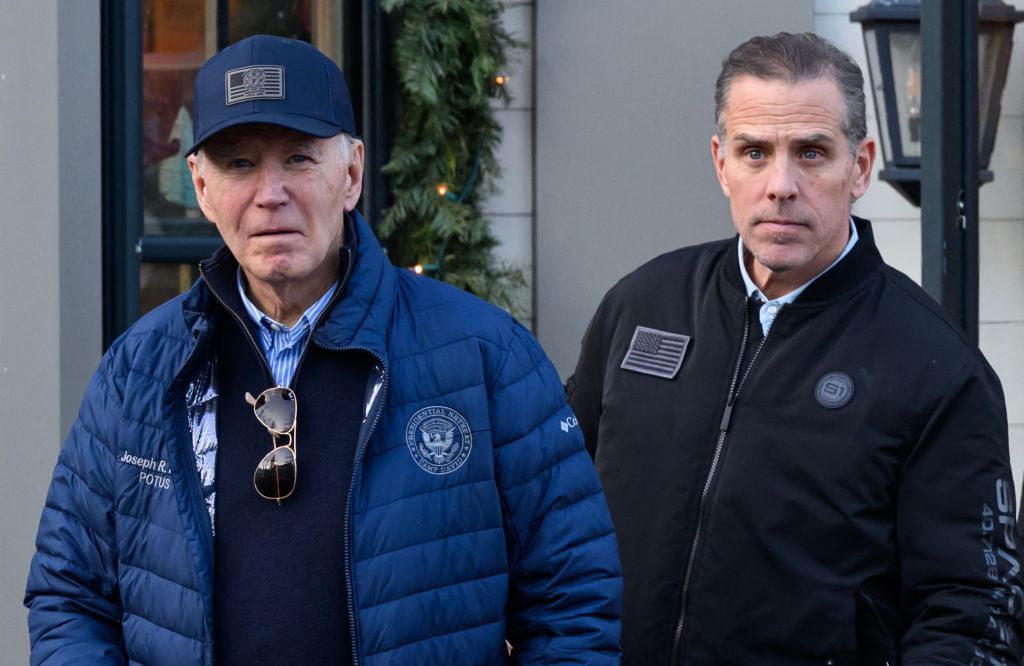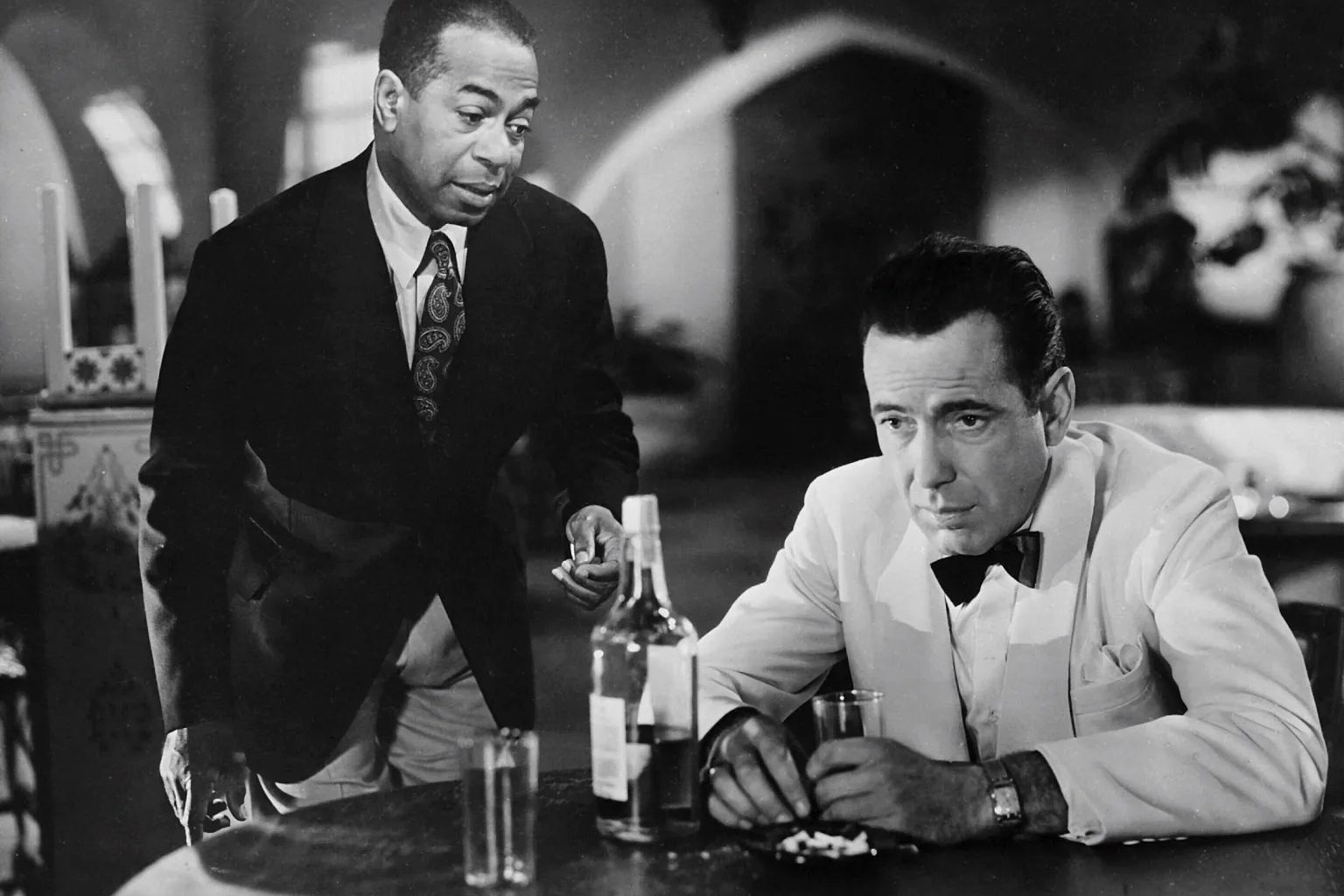When Jared Loughner shot Arizona congresswoman Gabrielle Giffords in the head, on January 8, 2011, an appalled America sought some sort of reason for this cruel action, and for some remedy. Giffords, though gravely hurt, survived. But in a brief and terrible frenzy in the parking lot of a suburban Tucson supermarket, Loughner killed six people and wounded several others.
When post-arrest pictures were released, showing him smirking and vague, I had little doubt what I was seeing. It did not take long to find out that my suspicions — that he was a user of mind-altering drugs — were justified. But in all the years since, this aspect of his past has been noted but not in any way acted upon.
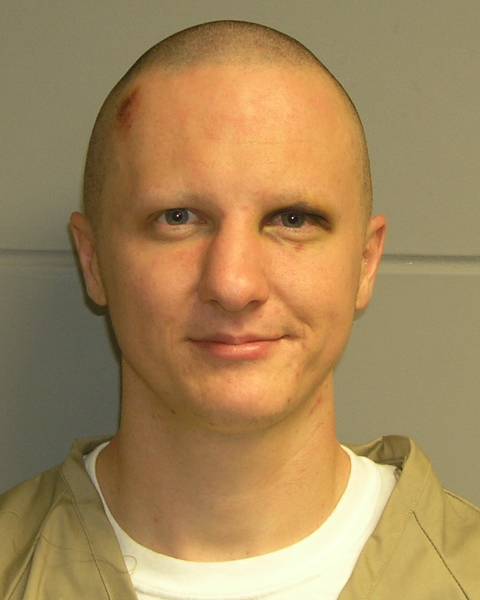
Those who see gun control as a solution to such woes used the event as an argument for their cause. Why shouldn’t they? Loughner used a legally obtained gun. But guns have been easily available in the United States from the beginning. Wild mass killings of this sort are a post-1960 phenomenon. So, applying the rules of logic, the availability of guns simply cannot be the significant variable.
Loughner’s supposed political views are incoherent drivel of the sort that makes the average Klansman sound like Socrates. He had no politics worth the name, and if he had, the murder of six people including a nine-year-old girl could not possibly have advanced them.
For the killer was officially crazy. Or at least not officially sane. Pima Community College, where he was a constant menace, eventually asked him to get a certificate showing he was mentally OK. He never did. It took this bizarre step after he repeatedly caused noisy and worrying disruptions. One classmate, Lynda Sorensen, told friends that Loughner was ‘mentally unstable’ and ‘scares the living crap out of me’. She added that he was the sort of person ‘whose picture you see on the news, after he has come into class with an automatic weapon’.
This kind of individual madness was rare before 1960. Why is there now so much of it? Well, we know that Loughner, described by a high-school classmate as a pothead, had been rejected by the US Army in 2008 because of his admitted marijuana use. It was not minor. Pima police picked him up in 2007 because his car stank of marijuana. The offense was recorded, but, as so often in the alleged War on Drugs, nothing happened to him. Much of this information emerged some time after the shootings, when interest had cooled.
Even though it meshes with many similar stories from Canada, Japan and Europe, in which the perpetrators of crazy mass killings turn out to be long-term marijuana users, and with the arguments in Alex Berenson’s recent book Tell Your Children, in which a strong direct link is made between marijuana and many violent crimes, this issue never gets any further. The argument, by the way, isn’t that the killers were high at the time. Marijuana’s effects on the minds of many of its users are permanent. They may give it up entirely, but the damage has been done. Yet if nobody asks and nobody cares, nobody ever puts two and two together.
There’s a simple reason for this. Marijuana has been the beneficiary of one of the slickest, most sustained advertising campaigns in human history. Not only do millions believe it is some sort of medicine. Most people, even law enforcers, describe it as a ‘soft’ drug. This is an absurdity. Lifelong mental illness is not a ‘soft’ outcome. So, even when its use is clearly linked with mental illness and terrible crime, nobody even asks if it might be to blame. Its defenders chant ‘correlation is not causation’. Of course this is true. But correlation is also not necessarily not causation. Correlation is the foundation of epidemiology.
Something similar once happened with cigarettes. They too were soft, and better than soft. They were actually good, thanks to Edward Bernays, Sigmund Freud’s nephew, who invented the term ‘public relations’ as a nice way of describing propaganda. One of his deadliest successes was to link cigarettes with women’s liberation, in 1929 staging a march down Fifth Avenue of young women bearing aloft cigarettes and claiming that they were ‘torches of freedom’. The effect lasted so long that even now women are dying of the lung cancer they contracted from believing that smoking was a gesture of liberty.
Almost equally brilliant and false has been the portrayal of marijuana as a miracle drug: the basis of its semi-legalization in so many states, and a large part of the propaganda for its total legalization. Actual evidence for its alleged medicinal properties is hard to find, especially for the potent psychoactive ingredient THC. Claims have been made for CBD, its non-psychoactive ingredient, but even if they turn out to be justified, THC still won’t be in the clear.
I think it safe to say that the alleged benefits of all ‘medical marijuana’ are disputed, and that medicine so strongly correlated with such severe side effects should struggle to get past even the FDA’s not-very-stringent rules. Maybe medical marijuana does all the things its supporters say. Then again, Thalidomide was a very good cure for morning sickness in pregnancy, but that didn’t cancel out the downside.
And the medical marijuana PR campaign has its ‘torches of freedom’ moment, too. I have tracked it down to pages 18 and 19 of the February 6, 1979 issue of the Emory Wheel, the newspaper of Atlanta’s Emory University. Keith Stroup, the veteran founder and mainstay of the National Organization for the Reform of Marijuana Laws, said he and his campaign were ‘trying to get marijuana reclassified medically’ and that they would ‘be using the issue as a red herring to give marijuana a good name’. It must be the single most successful rebranding in marketing history. Millions now associate a highly dangerous drug with miracle cures, health and wellbeing. Mr Stroup, understandably, has since denied the words, but the article is still sitting in the Emory library for anyone who wants to check.
As the legalizers seek to extend their many triumphs, the comparison they dread most is the one with Big Tobacco, once as all-conquering as Big Dope but now at last in retreat. Yet their product also ruins the lives of users and their families. And it kills. Often very terribly. Will this realization come too late to save us from a grave mistake?
This article is in The Spectator’s November 2019 US edition.



